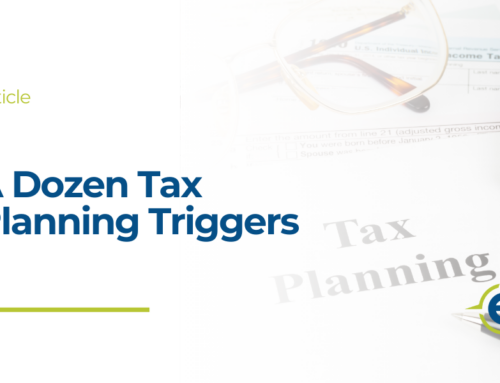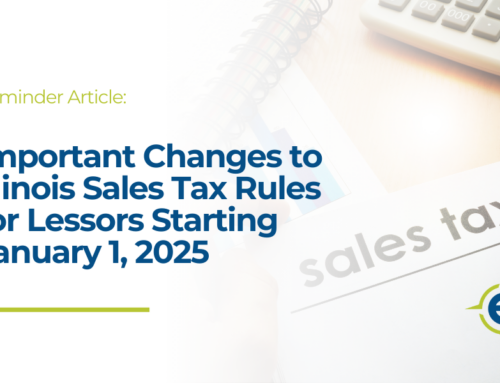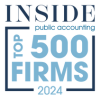Gifts in Kind Standard
For most not-for-profits (NFP) to be successful, they must rely heavily on donations. Typically these donations are in the form of both financial and nonfinancial assets. If you work for an NFP, this is not new news. However, what is new is how these nonfinancial assets, or gifts-in-kind, are presented. At the end of 2020, the Financial Accounting Standards Board (FASB) released the update Not-for-Profit Entities (Topic 958): Presentation and Disclosures by Not-for-Profit Entities for Contributed Nonfinancial Assets (ASU 2020-07).
What is the goal of this new standard?
The objective of this standard is to increase the transparency about contributed nonfinancial assets. The contributions of nonfinancial assets or gifts-in-kind include things like:
- Fixed assets such as land, building, and equipment
- Use of fixed assets or utilities
- Materials and supplies, such as food, clothing, or pharmaceuticals
- Intangible assets
- Recognized contributed services
How do I implement these requirements?
The key considerations for this new standard include new requirements for presentation and disclosures. The contributed nonfinancial assets need to be stated as separate line items in the statement of activities apart from contributions of cash or other financial assets.
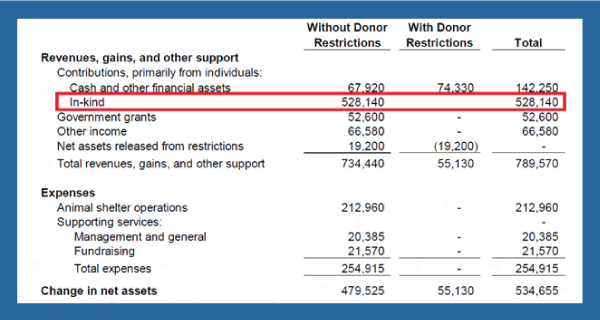
In the notes of your financial statements, you must disclose the contributed nonfinancial assets by category that accurately depicts the type of asset. Each of these categories will need to include the following:
- Qualitative information on whether the contributed nonfinancial assets were either monetized or utilized during the reporting period
- Explain the NFP’s policy, if any, about monetizing contributed nonfinancial assets
- A description of any donor-imposed restrictions on the items
- A description of the valuation techniques used
- The principal market (or most advantageous market) used to arrive at a fair value
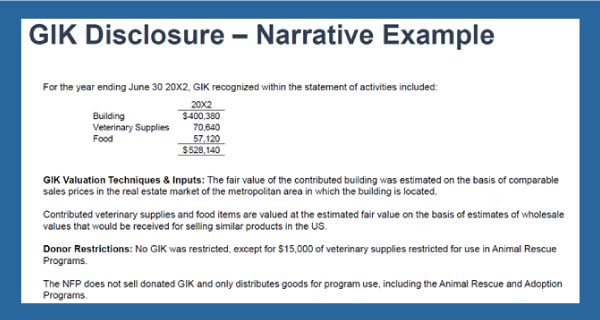
When does this go into effect?
According to FASB, these new presentation and disclosure requirements (ASU 2020-07) should be applied on a retrospective basis and are effective for annual periods beginning after June 15, 2021, and interim periods within annual periods beginning after June 15, 2022. Adding that early adoption is permitted.
As with any new standard or change, it is always best to assess your specific situation. Please do not hesitate to reach out should you have any questions regarding ASU 2020-07.

